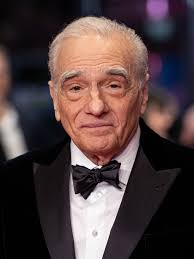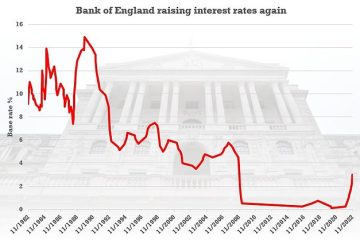Exploring the Impact of Martin Scorsese on Cinema

Introduction
Martin Scorsese is a towering figure in the world of cinema, known for his profound impact on filmmaking and storytelling. His films often delve into themes of crime, redemption, and the complexity of human nature. With a career spanning over five decades, Scorsese’s innovative techniques and distinctive style have not only earned him numerous accolades but have also influenced countless filmmakers around the globe. Understanding his contributions is crucial for any film enthusiast.
Career Highlights
Born on November 17, 1942, in New York City, Martin Scorsese’s passion for film began at a young age. After studying at NYU’s Tisch School of the Arts, he quickly made a name for himself with early films such as “Mean Streets” (1973), which starred a young Robert De Niro. This collaboration marked the beginning of a legendary partnership, leading to masterpieces like “Taxi Driver” (1976) and “Raging Bull” (1980). Each film showcased Scorsese’s ability to blend gritty realism with theatrical storytelling.
In 1990, Scorsese directed the iconic gangster film “Goodfellas,” which is often hailed as one of the greatest movies of all time. This film’s innovative narrative style, combining voiceover with dynamic camera work, changed the landscape of storytelling in cinema. Following this, Scorsese continued to push boundaries with films like “Casino” (1995), “The Departed” (2006), for which he won his first Academy Award for Best Director, and most recently, “The Irishman” (2019), which revisited his roots in gangster cinema using groundbreaking de-aging technology.
Recent Work and Influence
Scorsese’s influence extends beyond directing. He is a passionate advocate for film preservation and cinema education. Through initiatives like the Film Foundation, which he co-founded, Scorsese works tirelessly to ensure that historically and culturally significant films are preserved for future generations. Additionally, his recent forays into documentary filmmaking, such as “George Harrison: Living in the Material World” (2011) and “Rolling Thunder Revue” (2019), showcase his versatility and commitment to storytelling in various formats.
Conclusion
As we continue into the 21st century, Martin Scorsese remains a vital force in cinema. His ability to evolve while staying true to his artistic vision sets him apart from his peers. With several projects in development, including a long-anticipated adaptation of the novel “Killers of the Flower Moon,” audiences can look forward to more of his distinctive storytelling. The significance of Scorsese in the film industry cannot be overstated; he has not only shaped the films we watch but also inspired new generations of filmmakers to explore the depths of human experience through the lens of cinema.








